Growing up in the 1960s was like living in the middle of a cultural explosion. Every year brought new music, fresh inventions, and a changing world that felt exciting yet uncertain. Families gathered around black-and-white TVs, kids played until sunset without worrying about safety, and the future seemed boundless with promise. The decade was marked by flower power, the Space Race, and rock ’n’ roll, shaping an entire generation. For those who came of age then, the 1960s remain more than just a memory; they’re a vivid snapshot of simpler times and revolutionary change.
1. The Arrival of Color TV
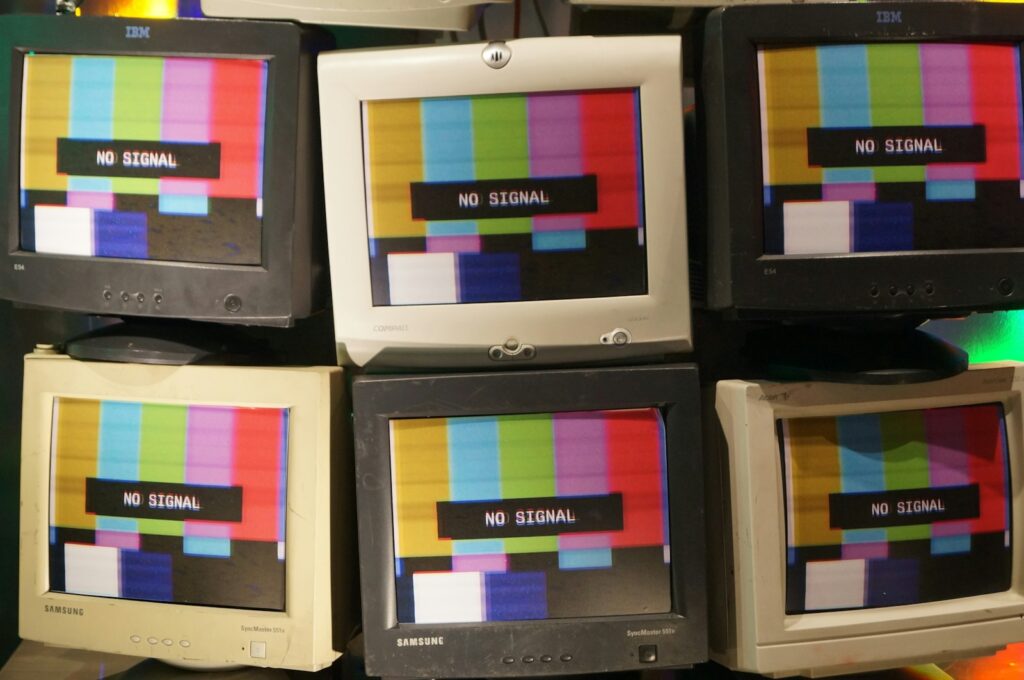
Before streaming or flat screens, color television was the crown jewel of every 1960s living room. Introduced widely in the early part of the decade, it turned Sunday nights into a spectacle. Families gathered around sets made by RCA or Zenith to watch “The Wonderful World of Color” or “Bonanza.” By 1966, most prime-time programs aired in color, marking a new visual era. The glow of those hues wasn’t just entertainment; it was a symbol of progress, optimism, and the belief that technology could make life brighter in every sense.
2. The Beatles’ American Invasion
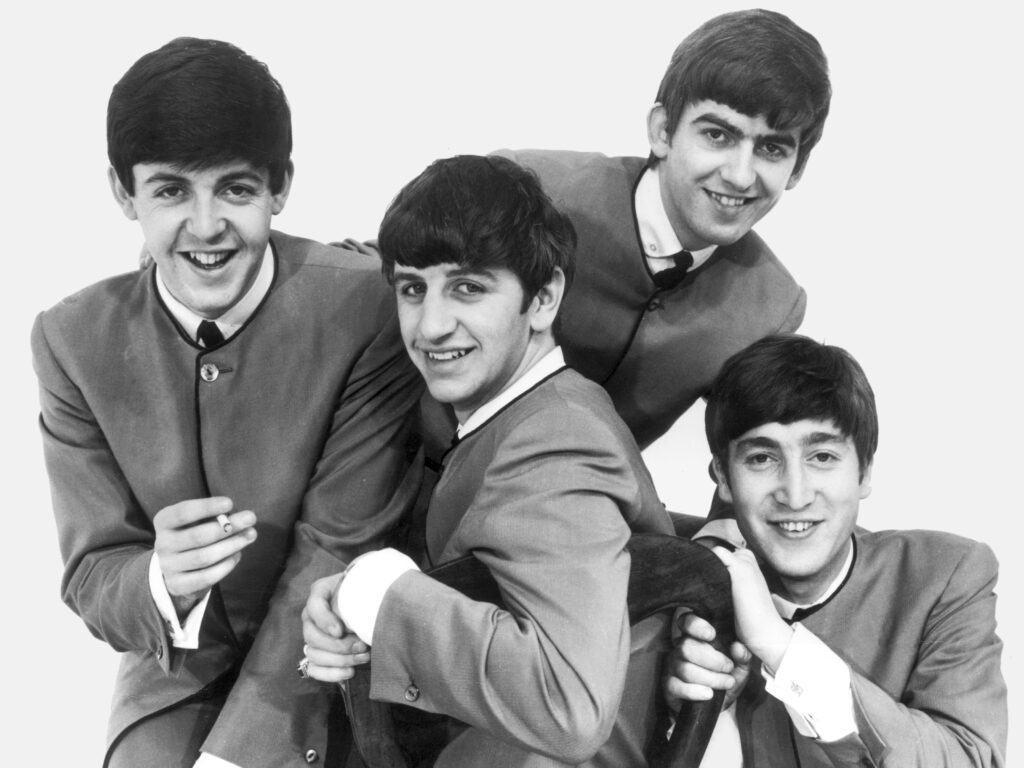
No event defined the 1960s music scene like The Beatles’ arrival in America. When they appeared on The Ed Sullivan Show in February 1964, more than 70 million people tuned in. Teenagers screamed, parents looked puzzled, and culture shifted overnight. Their mop-top haircuts and infectious sound sparked Beatlemania, inspiring garage bands across the country. Songs like “I Want to Hold Your Hand” and “Yesterday” became anthems of youthful rebellion. The Beatles didn’t just change music, they altered fashion, language, and even the way young people dreamed about fame and creativity.
3. Drive-In Movie Nights

In the 1960s, drive-in theaters were where romance, popcorn, and chrome converged. Built mostly during the 1950s boom, they flourished through the ‘60s, with thousands across America. Families piled into station wagons, and teens found freedom in convertibles under glowing screens. The smell of popcorn mixed with the summer air as reels played cult favorites and monster flicks. It wasn’t just about the movie; it was the shared experience of watching stories under the stars, a slice of Americana that symbolized freedom, youth, and a simpler kind of joy.
4. The Space Race
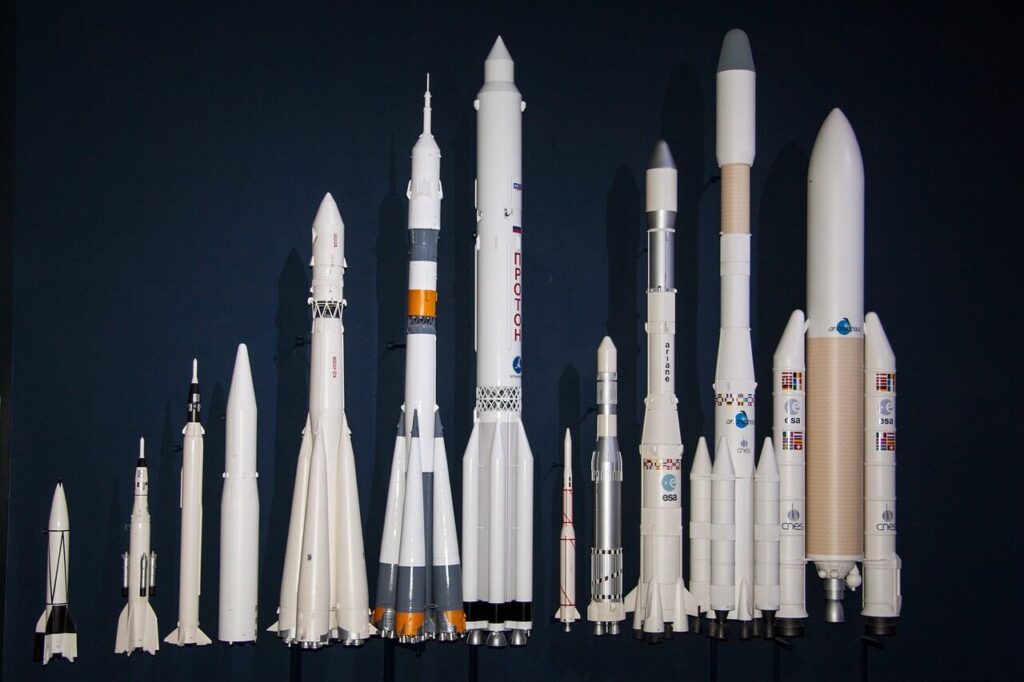
Few memories stand out like the Space Race, a time when science fiction became real life. Sparked by the Soviet Union’s Sputnik launch, America pushed forward with NASA’s Apollo missions. Kids built model rockets and dreamt of being astronauts. When John Glenn orbited Earth in 1962 and Neil Armstrong walked on the Moon in 1969, living rooms erupted with pride. The futuristic optimism of the era filled classrooms, comic books, and cereal ads. Space wasn’t just a frontier; it was proof that human imagination could conquer the impossible.
5. Vinyl Records and Transistor Radios
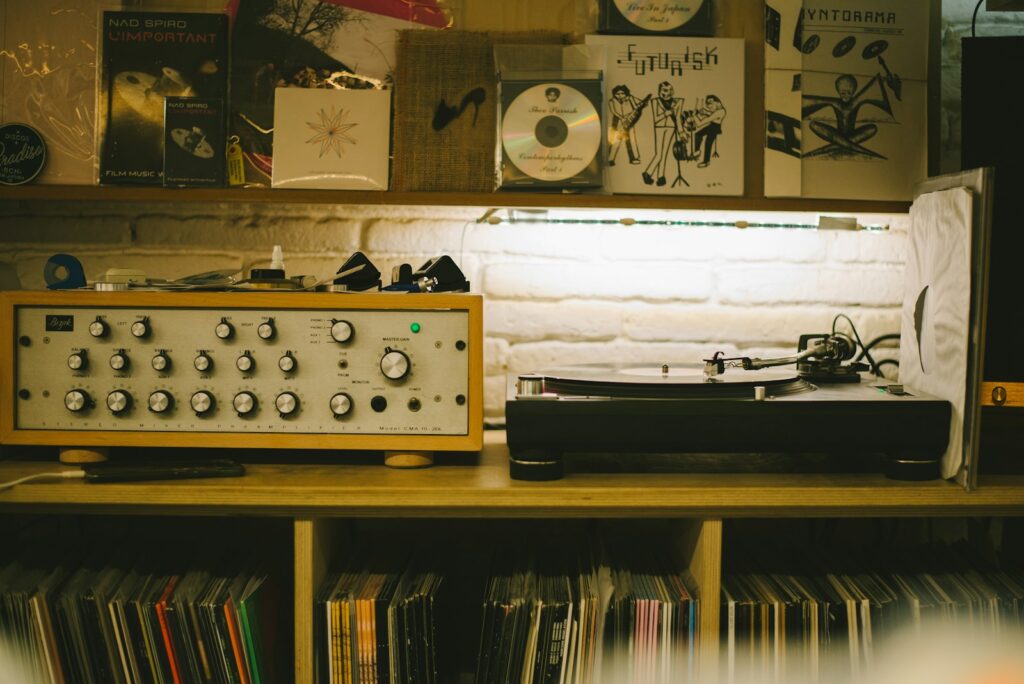
Music in the 1960s wasn’t streamed; it was spun. Vinyl records ruled the decade, with stacks of 45s and LPs filling teenage bedrooms. You’d carefully drop the needle and listen for that first crackle. But when you were on the go, transistor radios took over. Small enough to fit in your palm, they played the soundtrack of the era from Motown to The Rolling Stones. You could hear “Satisfaction” while mowing the lawn or “My Girl” at the beach. Music wasn’t background noise; it was the pulse of daily life.
6. Saturday Morning Cartoons
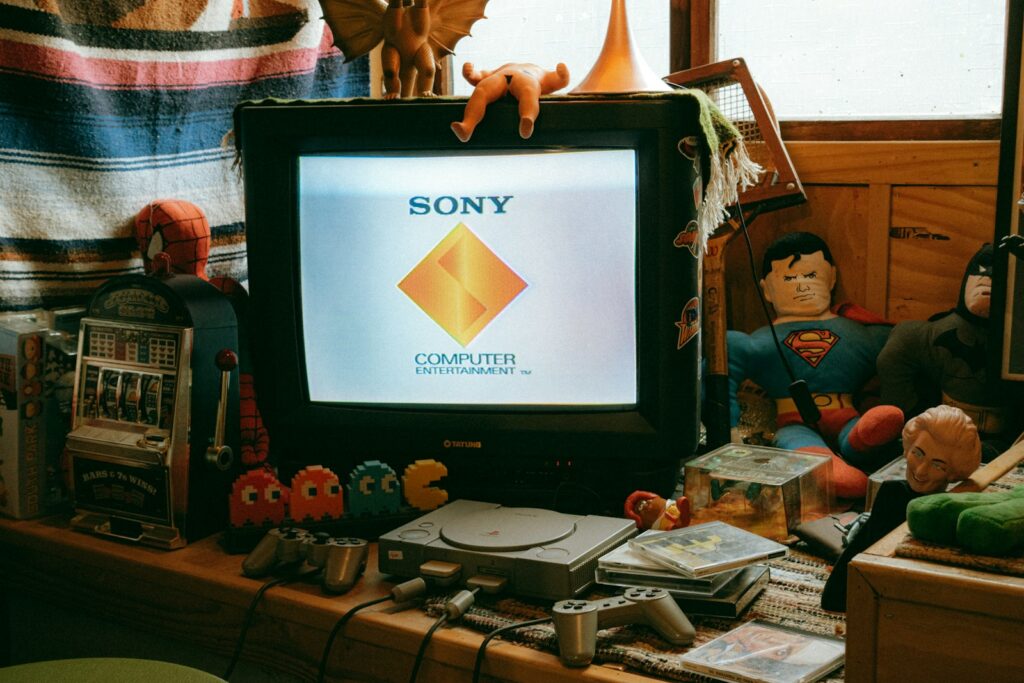
Before cable and streaming, Saturday mornings belonged to kids. Starting at dawn, cartoons like The Flintstones, Yogi Bear, and Looney Tunes turned televisions into portals of laughter. Cereal commercials flooded the breaks, making Trix and Frosted Flakes household staples. Parents got to sleep in while children stayed glued to the screen, bowl in hand. The magic of those hours wasn’t just the shows; it was the ritual itself. For one morning a week, kids ruled the living room, and imagination became the weekend’s most important adventure.
7. Telephone Party Lines

In the 1960s, a home phone was a luxury, and many people shared a “party line” with neighbors. Picking up the receiver meant you might overhear someone else’s conversation, or worse, have them listen to yours. Privacy was a gamble, and etiquette mattered. People learned to say, “Mind if I use the line?” before making a call. It was a quirky reminder of small-town life, where gossip traveled faster than any letter. Those clicking dials and busy signals became the soundtrack of a connected, if nosy, generation.
8. Homemade Fashion and Bell-Bottoms
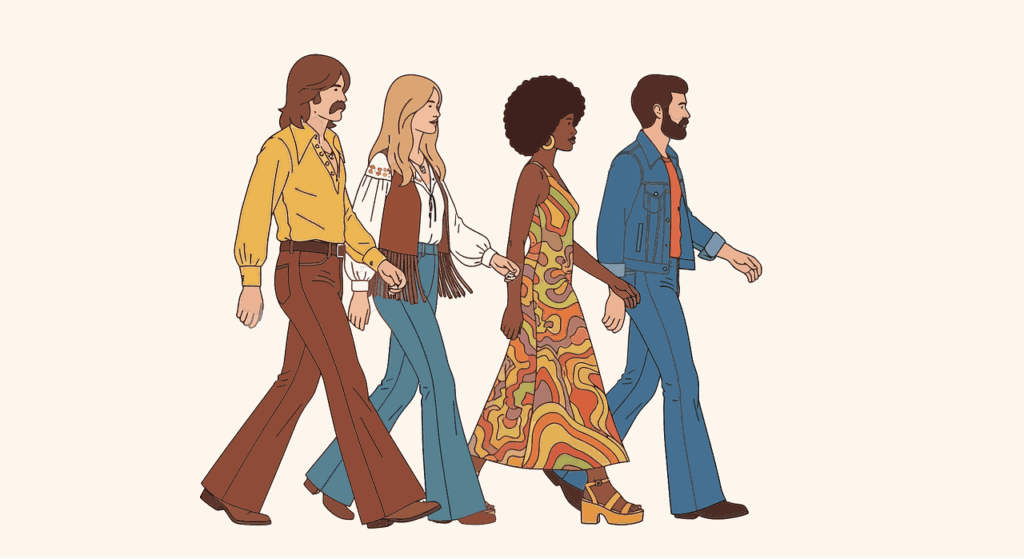
Clothing in the 1960s told a story of rebellion and creativity. Before fast fashion, many outfits were sewn at home on trusty Singer machines. Patterns from Simplicity or Butterick guided mothers and daughters through flared skirts and shift dresses. By the late ‘60s, counterculture style took over bell-bottoms, tie-dye shirts, and peace sign jewelry. The youth movement made fashion a statement of freedom, individuality, and protest. Every thread reflected change, from the miniskirts of London to the denim jackets of San Francisco’s Haight-Ashbury scene.
9. Family Road Trips
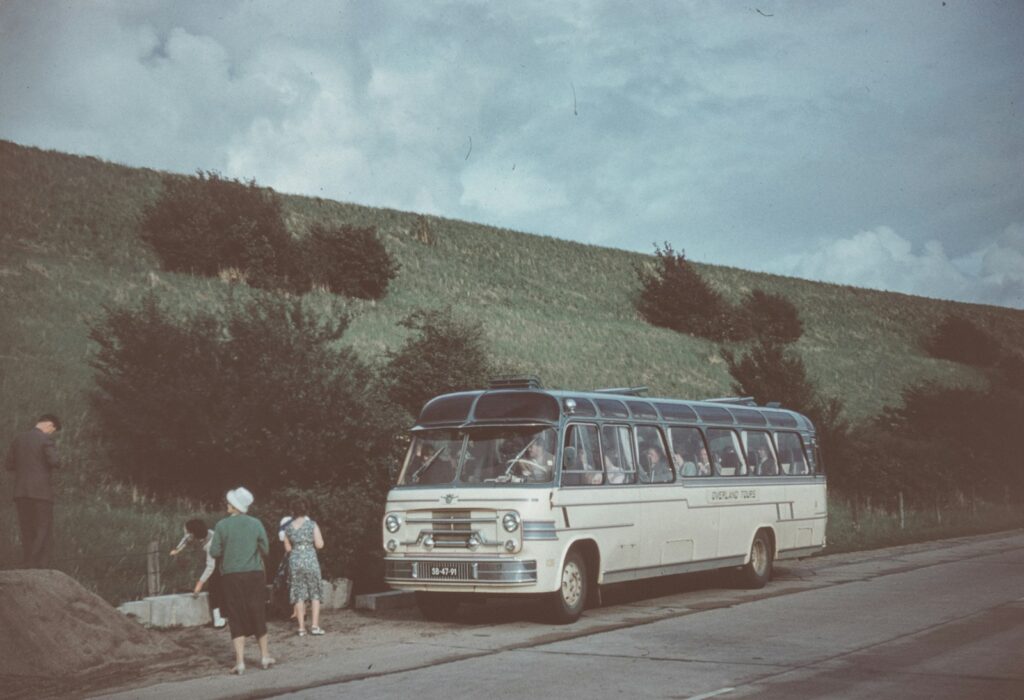
Before budget airlines and GPS, road trips ruled the American summer. Families loaded station wagons with coolers, maps, and kids shouting, “Are we there yet?” Gas was cheap, motels were simple, and roadside diners offered pie and coffee. The journey was an adventure, seeing billboards, stopping at odd attractions, and collecting postcards. Route 66 and other highways became ribbons of memory. The smell of vinyl seats and the crackle of AM radio remain etched in every traveler’s mind, symbolizing the open-road freedom that defined the ‘60s spirit.
10. Soda Fountains and Diners
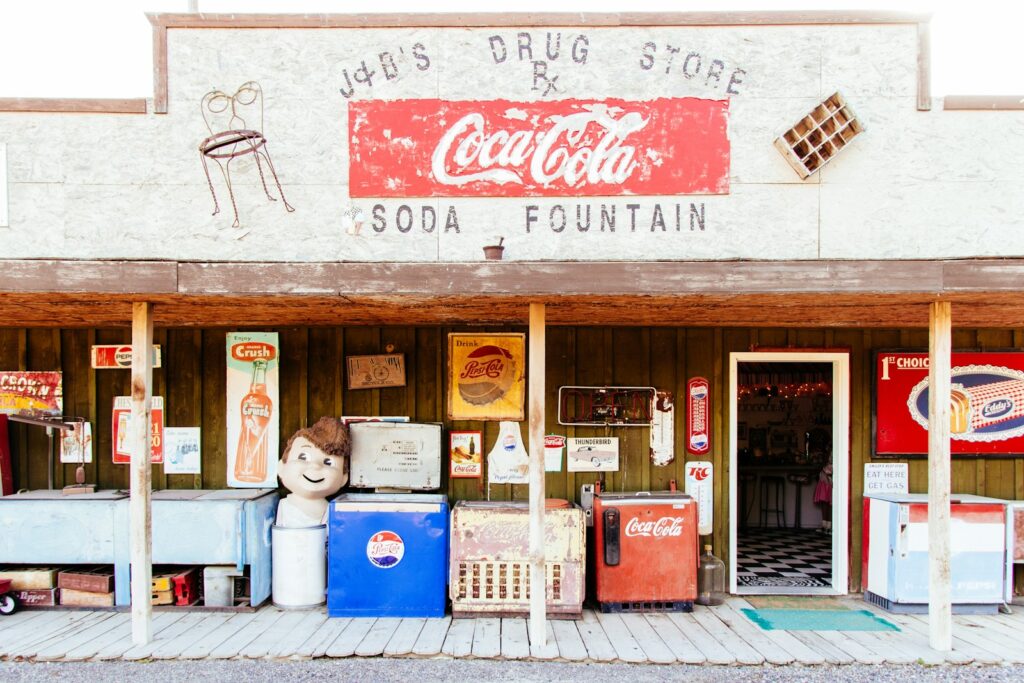
Every 1960s town had a soda fountain, the heart of teenage life. Inside, red stools lined the counter, jukeboxes glowed in the corner, and milkshakes came thick enough to share. The local diner was where friends gathered after school, first dates began, and gossip flowed over fries and floats. It wasn’t just about food; it was about belonging. Waitresses knew your order by heart, and laughter echoed through the chrome and checkered floors. These cozy hangouts offered comfort in a decade where the world outside was rapidly changing.
11. The Twist and Dance Crazes
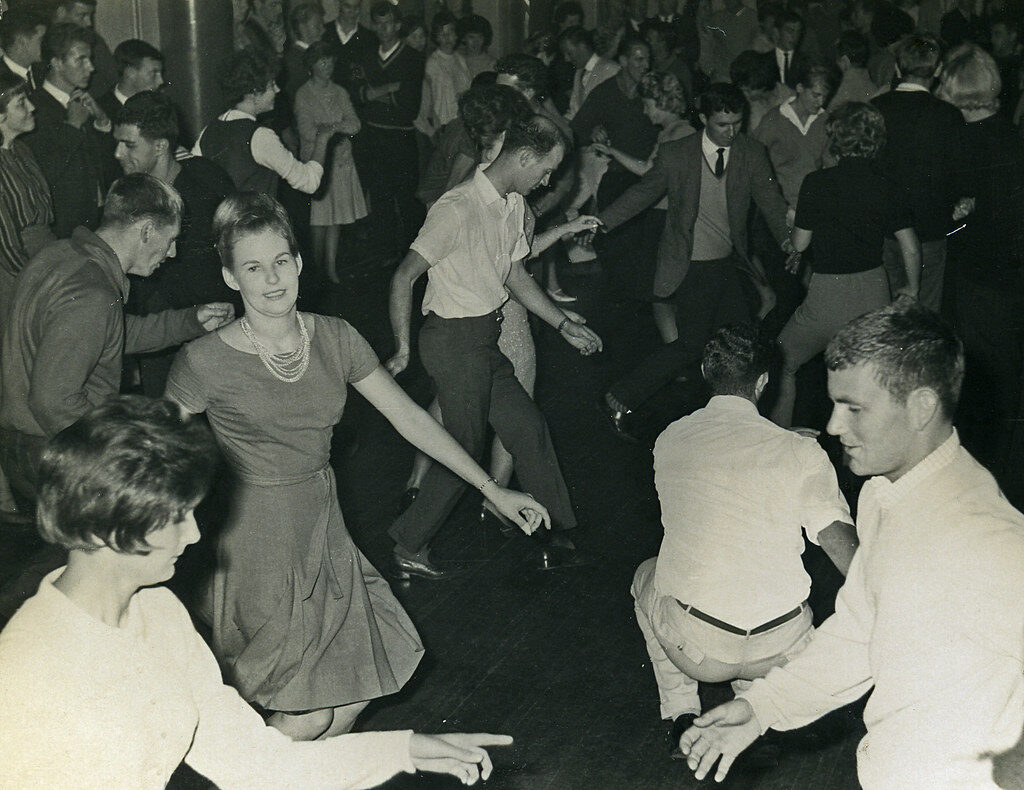
Music in the 1960s wasn’t just for listening; it was for dancing. When Chubby Checker introduced “The Twist” in 1960, it set off a nationwide craze. Dance halls, high school gyms, and living rooms all turned into stages for teenagers spinning and laughing. Soon came the Mashed Potato, the Pony, and the Watusi. Dance shows like American Bandstand gave kids a national spotlight. These dances symbolized more than fun; they embodied the freedom of a generation shaking off postwar formality for movement, rhythm, and self-expression.
12. Neighborhood Games
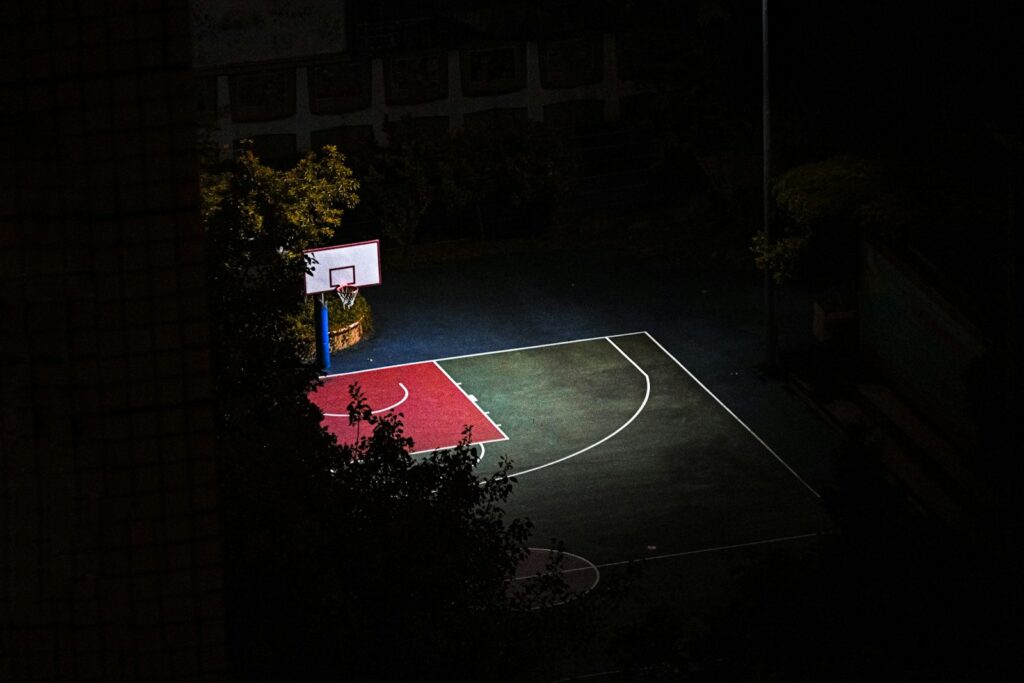
Before video games, fun meant the great outdoors. Kids played hopscotch, tag, and kick the can until the streetlights came on. The neighborhood was a playground, front yards became baseball fields, and bikes were the ultimate ride to freedom. Parents didn’t hover; they just shouted from porches when dinner was ready. Friendships were formed through scraped knees and laughter. Those games weren’t just about play; they taught teamwork, imagination, and the joy of being young in a world where adventure waited right outside the front door.
13. The Rise of Fast Food
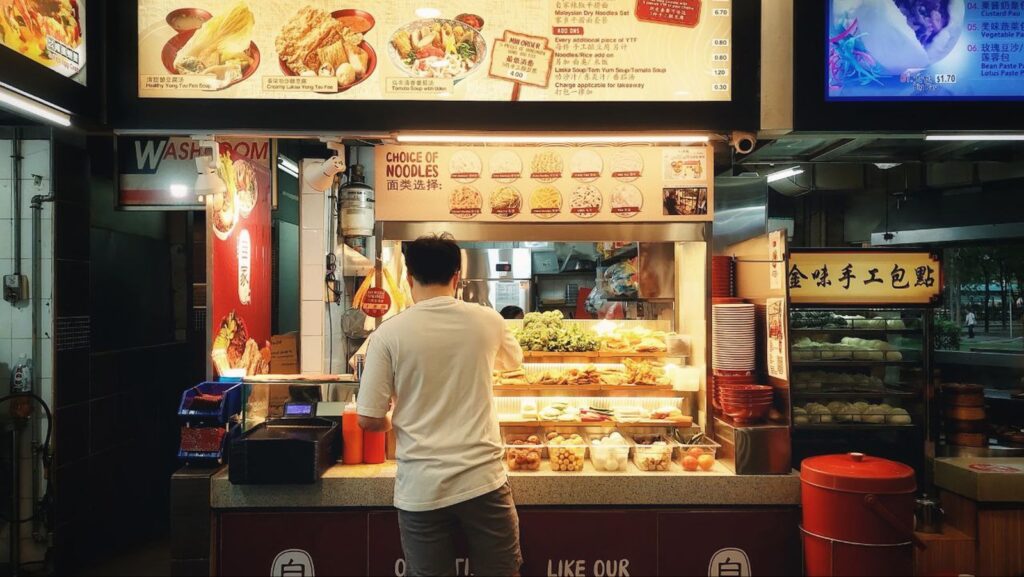
The 1960s marked the dawn of drive-thru dining. McDonald’s, founded in the 1950s, exploded nationwide, joined by Burger King and KFC. Families could grab burgers and milkshakes without leaving the car, a revolutionary idea. Bright neon signs promised speed and satisfaction, and kids collected toys from early Happy Meals. It was convenience culture taking root, reflecting the decade’s love for efficiency. Though the menus were simple, the experience was thrilling. Fast food became more than a meal; it was a shared moment in America’s modern, fast-moving story.
14. The Civil Rights Movement
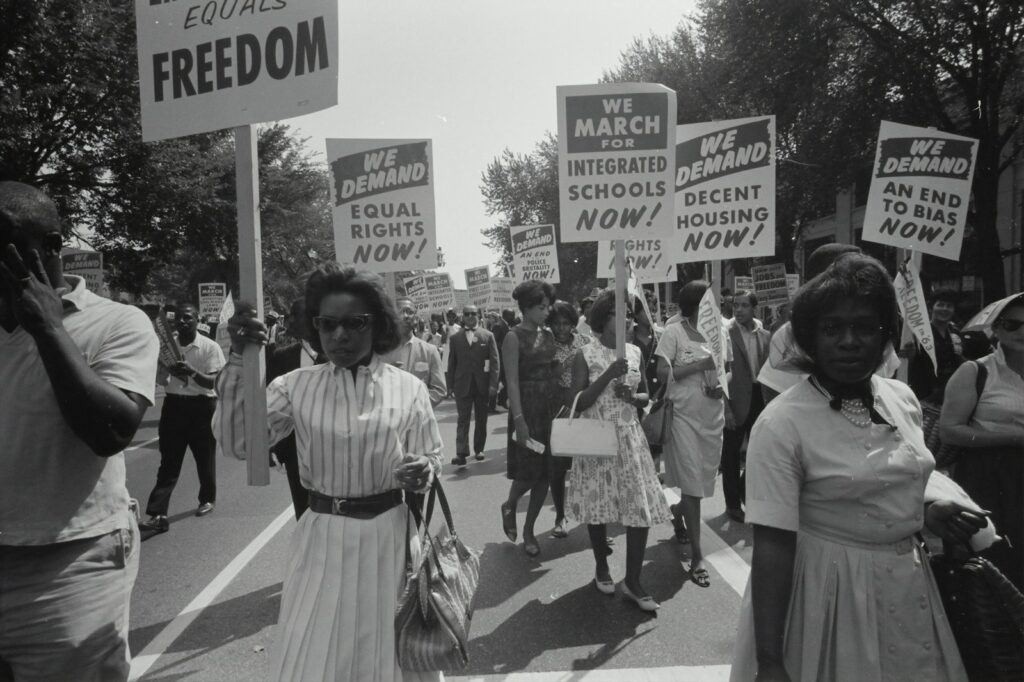
Growing up in the 1960s meant witnessing history unfold in real time. The Civil Rights Movement filled television screens and newspapers with courage and conviction. Figures like Martin Luther King Jr. and Rosa Parks became household names. Marches, sit-ins, and powerful speeches called for equality and justice. Even children understood that the world was changing around them. Schools, buses, and communities felt the tension and hope of transformation. For many, it was the first lesson in standing up for what’s right, shaping values that lasted long after the decade ended.
15. Hippie Culture and Woodstock
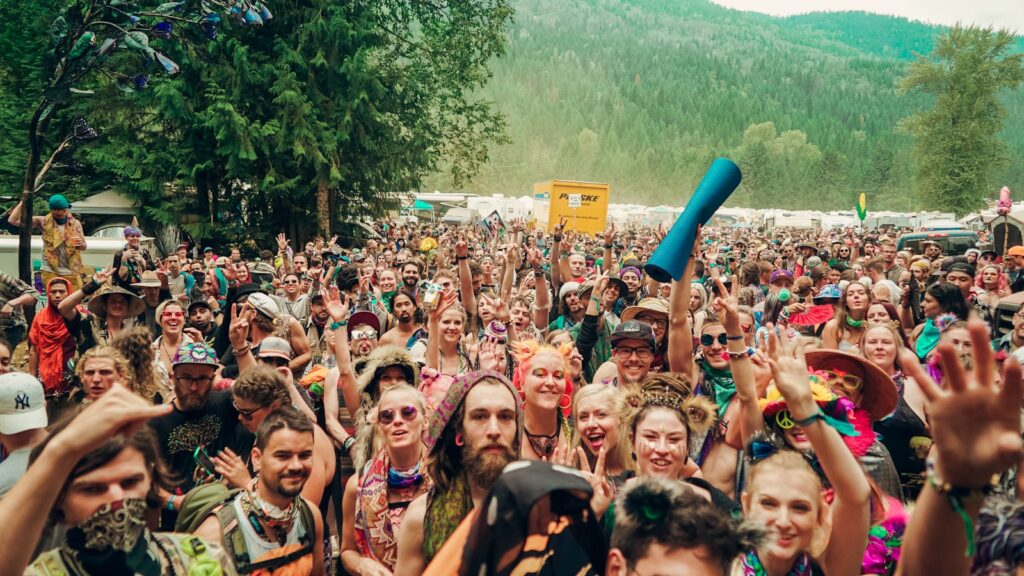
By the late 1960s, a new kind of youth movement took over hippie culture. Rooted in peace, love, and music, it reached its peak at Woodstock in 1969. Over 400,000 people gathered in New York for three days of freedom and muddy joy. Tie-dye, flowers, and guitars became symbols of rebellion against war and conformity. The message was simple: make love, not war. For those who lived it, the moment wasn’t just a concert; it was a declaration that the younger generation wanted a gentler, freer world.
16. School Days and Chalk Dust
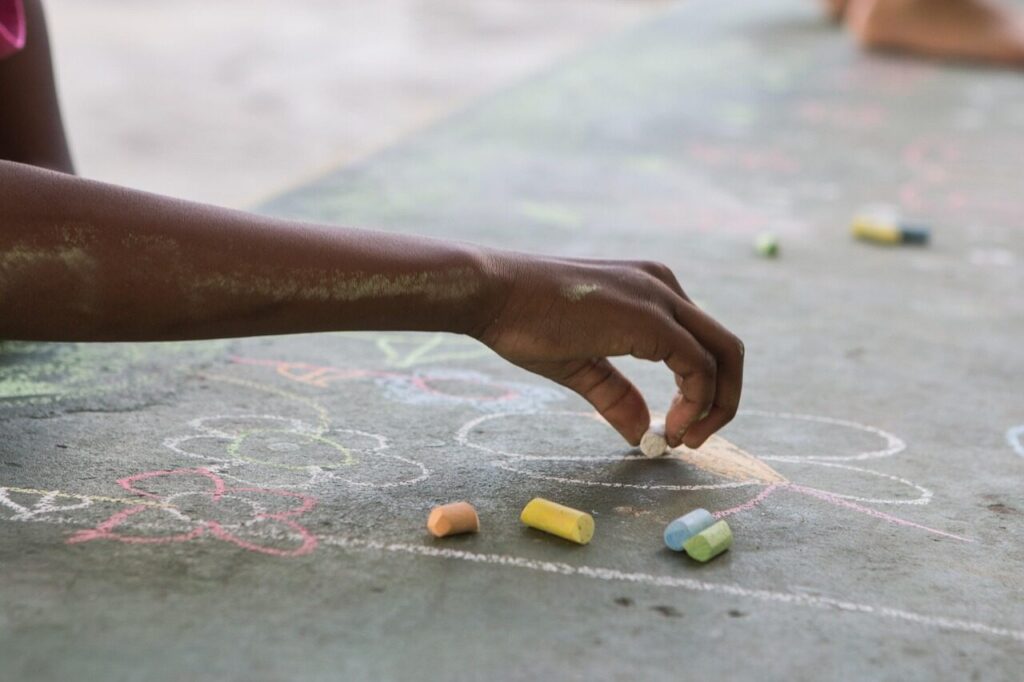
Classrooms in the 1960s had a distinct smell of chalk, wood, and floor polish. Teachers wrote lessons on green boards with dusty hands, and overhead projectors were the height of technology. Desks had inkwells from earlier times, and the loud school bell signaled both dread and relief. Students carried metal lunchboxes decorated with superheroes or cowboys. Discipline was strict, but friendships were strong. Education then wasn’t about gadgets; it was about patience, respect, and learning the world one handwritten note at a time.
17. Homemade Meals and Tupperware Parties
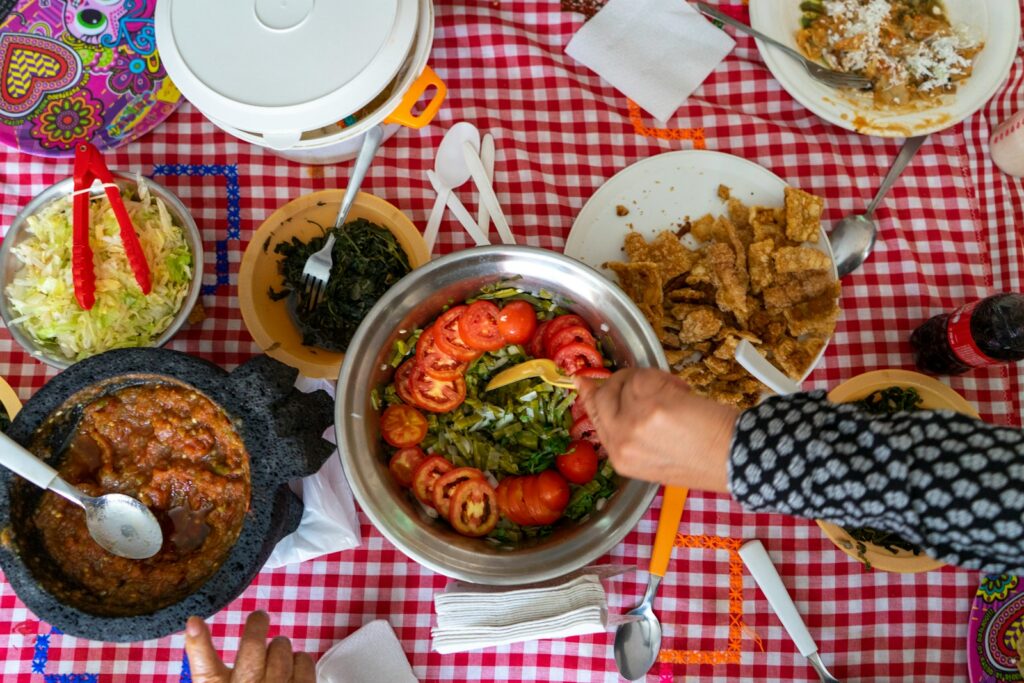
Family meals were sacred in the 1960s. Dinner meant gathering around the table, not eating in front of a TV. Meatloaf, casseroles, and Jell-O molds defined home cooking. Housewives hosted Tupperware parties, showing off airtight containers that seemed futuristic. These gatherings were part social hour, part entrepreneurship. Recipes came from handwritten cards or Better Homes and Gardens. The smell of roast chicken filled the house, and leftovers went into colorful bowls. It was an era when food wasn’t just nourishment, it was family connection and tradition.
18. Classic Cars and Cruising Nights
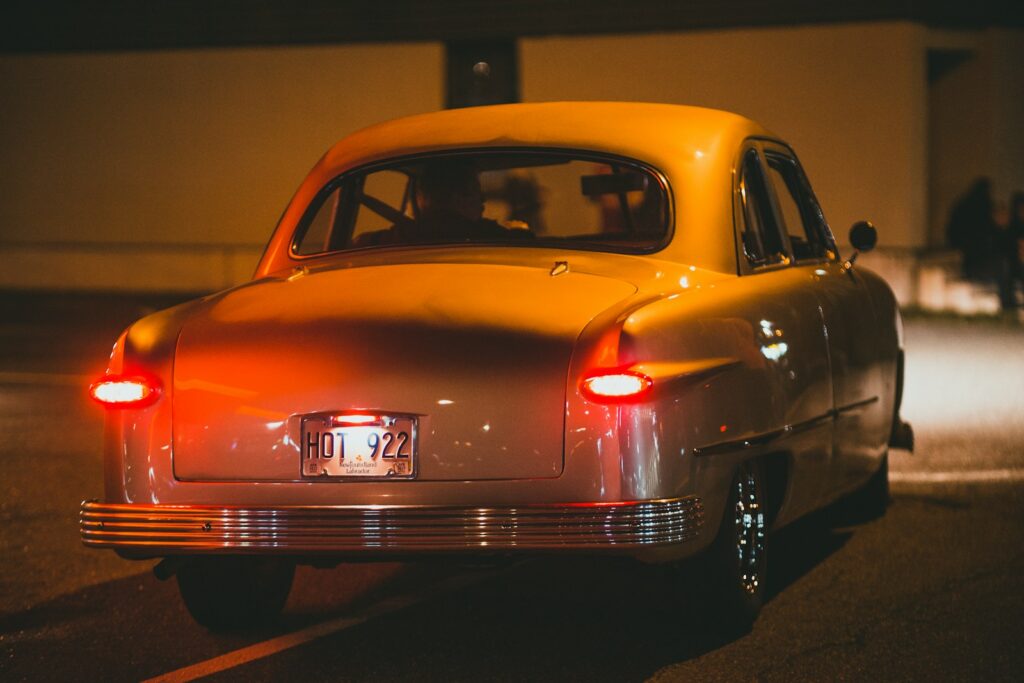
Cars in the 1960s were rolling art, sleek, shiny, and built to impress. From the Ford Mustang’s 1964 debut to the Chevrolet Impala’s chrome glory, every model had character. Teens saved up for used convertibles, polishing them every weekend. Cruising down Main Street with the radio up was a rite of passage. Gas was cheap, and freedom was just a key turn away. These cars weren’t just transportation, they were symbols of identity and independence, perfectly capturing the thrill of youth in motion.
19. The News That Shocked the World

The 1960s brought unforgettable headlines. The assassination of John F. Kennedy in 1963 stunned the nation, broadcast live on black-and-white TVs. Moments later, Walter Cronkite’s solemn voice marked a shared grief. Later came the Vietnam War, the Moon landing, and civil unrest. Every living room became a window into world events. For the first time, history wasn’t distant; it was happening in real time. Those news flashes, raw and emotional, defined the decade’s complexity, hope, tragedy, and transformation rolled into ten unforgettable years.
20. Simpler Joys and Enduring Memories
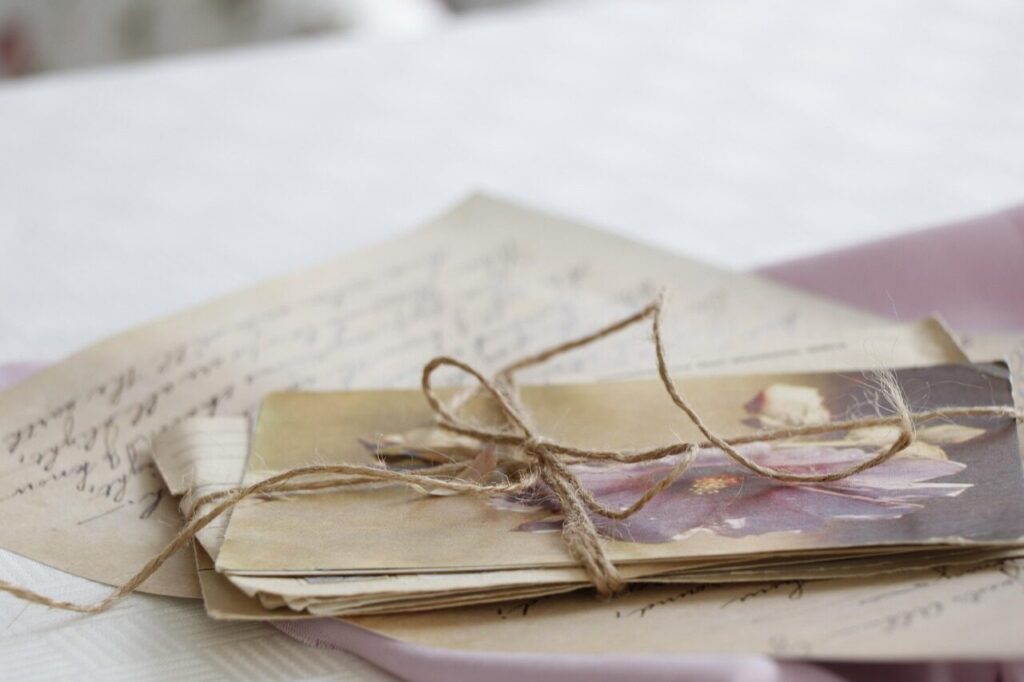
Looking back, life in the 1960s felt slower and more personal. Neighbors knew each other’s names, kids played outside until dusk, and the future felt like an open horizon. People wrote letters, fixed things instead of replacing them, and valued conversation over convenience. The world was far from perfect, but the connections were genuine. Growing up in that decade left a mark on a sense of wonder and resilience that endures. For those who lived it, the 1960s weren’t just years; they were a feeling that never truly fades.
Comments